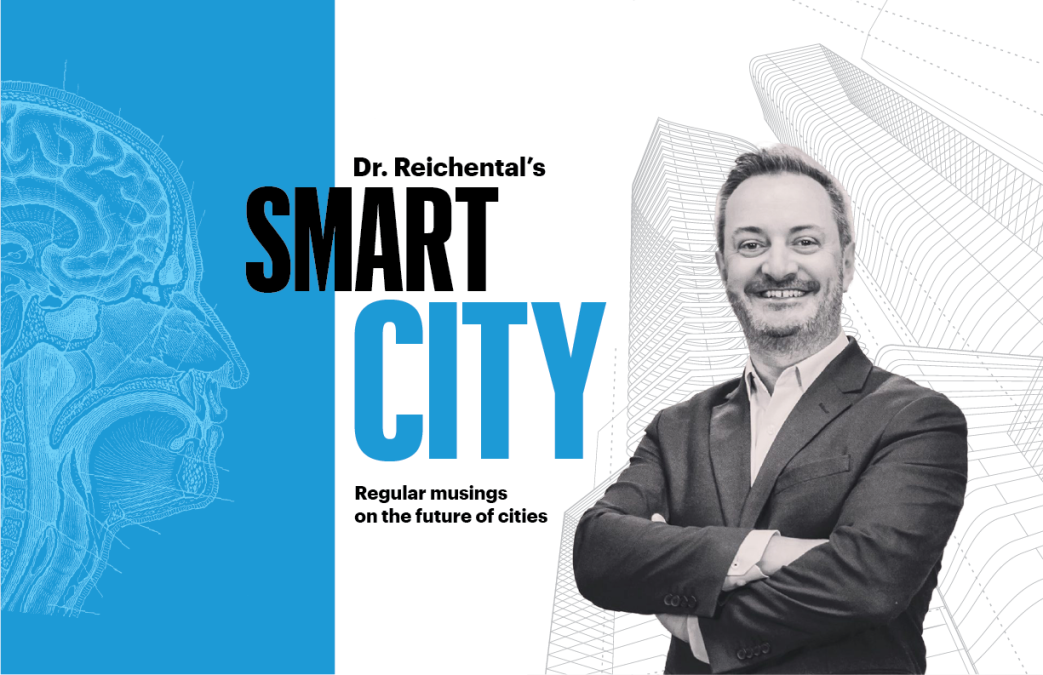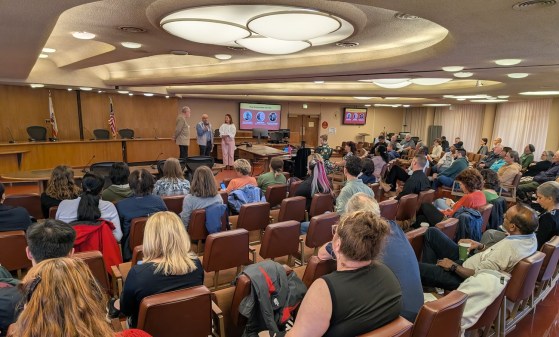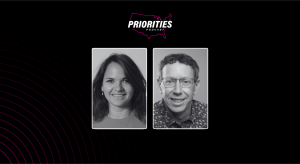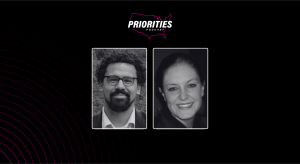Watch for a new generation of smaller smart cities

Read any article or report on smart cities and you’ll notice the same set of big cities listed again and again. These large municipalities, places such as Dubai, Singapore, New York, Helsinki and Melbourne, are rightfully recognized for their innovative work to improve the lives of their constituents. But these cities are the notable outliers — the vast majority of the world’s cities are much smaller and seldom in the limelight for their efforts.
To learn more about a smaller, progressive city not yet on the world’s smart-city radar, I reached out to the head of digital strategy at the City of Limerick, in the beautiful Midwest of Ireland — the country of my birth! I wanted to know why a smart-city plan was important to the city, how it was being approached and what advice he had for other technology leaders in small to midsize cities.
Limerick, a growing city with ambitious plans, with a little less than 100,000 residents, is the third-most populous urban area in Ireland after Cork and Dublin. Founded by the Vikings, it is a region with an eventful 1,000-year history. For a period during the 15th century, it even had city-state status with its own foreign policy — much like Singapore has today. A few decades ago, Limerick had an agricultural economy, but that has long passed, largely replaced by tech, finance and life sciences.
In the last few years, Limerick has gained a new urban confidence, led by a progressive city leadership and investments in talent, infrastructure and services. Their smart-city efforts, ongoing for a few years already, have recently accelerated with the hiring of Alan Dooley last February. With 25 years of deep experience in software engineering and related technology leadership roles, Dooley was tapped to lead the city’s smart-city program.
Despite having never previously worked in the public sector, his background has likely prepared him well for the challenges of modernizing a city’s systems. Working in major financial institutions where clinging onto old systems is par for the course, Dooley learned how to balance the requirements of supporting legacy systems while also upgrading and implementing new solutions. In addition, systems built for the financial industry must last decades, an analog to many of the core functions required in a city.
Limerick’s strategy
So, what’s driving the Limerick City and County Council’s smart-city strategy? Dooley shared with me that, for them, at the core of being a smart and digital city means improving economic opportunities and making the city even more desirable as a place to live and build a good life. With several prestigious educational institutions in the region, the city wants graduates to remain and make the city their home. For too long, the city has been a machine which mints talented students who end up leaving and benefiting other cities and countries. No doubt, many locals who graduate would also prefer this option, but the economic opportunities and environment for entrepreneurial success must exist.
In my experience, the economic driver as a central motivation is consistent with smart-city work in cities of all sizes. More opportunities, greater tax yields and the attendant increase in investment in city services often results in an improvement in the quality of life of constituents. Sure, it’s not rocket science, but each community will have its own approach and face unique local challenges.
Leveraging a particularly interested and engaged community, Limerick’s approach is highly citizen-centric. A sizable research community, a product of several local universities and corporations, is demonstrating interest in the smart-city strategy. Dooley says that as long as the city enables a platform for engagement and experiments, he doesn’t anticipate any shortfall of partners.
As an example of community engagement, the city is in the initial stages of creating a citizen innovation lab. It will occupy a retail space in the downtown area, where events will be held to elicit ideas from community members. The first efforts will be focused on climate-related projects, a priority for the city and the country. Ireland is targeting 2050 to become carbon-neutral.
Anyone who has followed my work and writings knows how much emphasis I place on the value of community engagement. In so many instances, it’s the blunt difference between project success and failure.
Planning ahead
So, what are the challenges that Dooley faces as he implements Limerick’s City and County plans? He says that in working on creating a strategy, it’s what he doesn’t know that concerns him most. Dooley doesn’t want to make big decisions without a full understanding of the current environment. Doing so may have sizable negative impacts down the road. He says partially informed decisions now could create a whole lot of problems later on.
I couldn’t agree more. In giving advice to technology leaders new to their job, I always suggest making small, quick improvements in the early days to show progress, but being much more deliberate and informed on the bigger strategic decisions.
Though budget is a common concern among technology leaders, Dooley says right now his energy remains on developing a strategy, identifying metrics and fostering community engagement.
In looking ahead at executing on Limerick’s smart-city ambitions, Dooley says he’d like partners to walk the road with him. He prefers to build an ecosystem that builds the future together, not just by following some business requirements that are handed to them.
Limerick’s story reminds us that the smart-city movement is truly global. It also reinforces the notion that while best practices and technologies can provide a platform for success, local dynamics will continue to drive most decisions.
Success can’t be guaranteed, but the City of Limerick is now firmly on its smart-city journey. They’ll be worth watching and learning from in the months and years ahead.
 Jonathan Reichental is the former chief information officer of Palo Alto, California. He’s now an instructor at several institutions, including the University of California, Berkeley, and online through LinkedIn. He’s the founder and CEO of the advisory and investment firm Human Future, and the author of Smart Cities For Dummies. He also publishes a regular newsletter. To receive it free in your inbox, sign up here.
Jonathan Reichental is the former chief information officer of Palo Alto, California. He’s now an instructor at several institutions, including the University of California, Berkeley, and online through LinkedIn. He’s the founder and CEO of the advisory and investment firm Human Future, and the author of Smart Cities For Dummies. He also publishes a regular newsletter. To receive it free in your inbox, sign up here.
Dr. Reichental’s new book, Exploring Smart Cities Activity Book for Kids, is out now. You can purchase it here.






